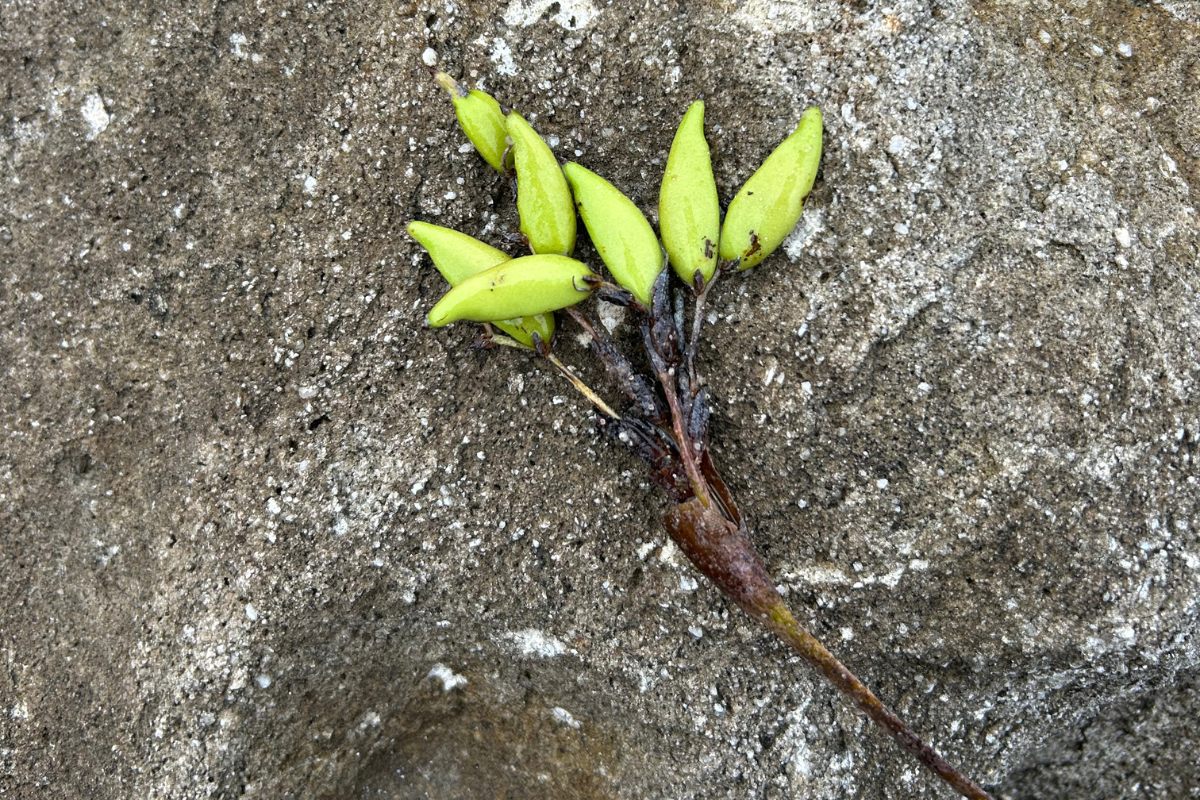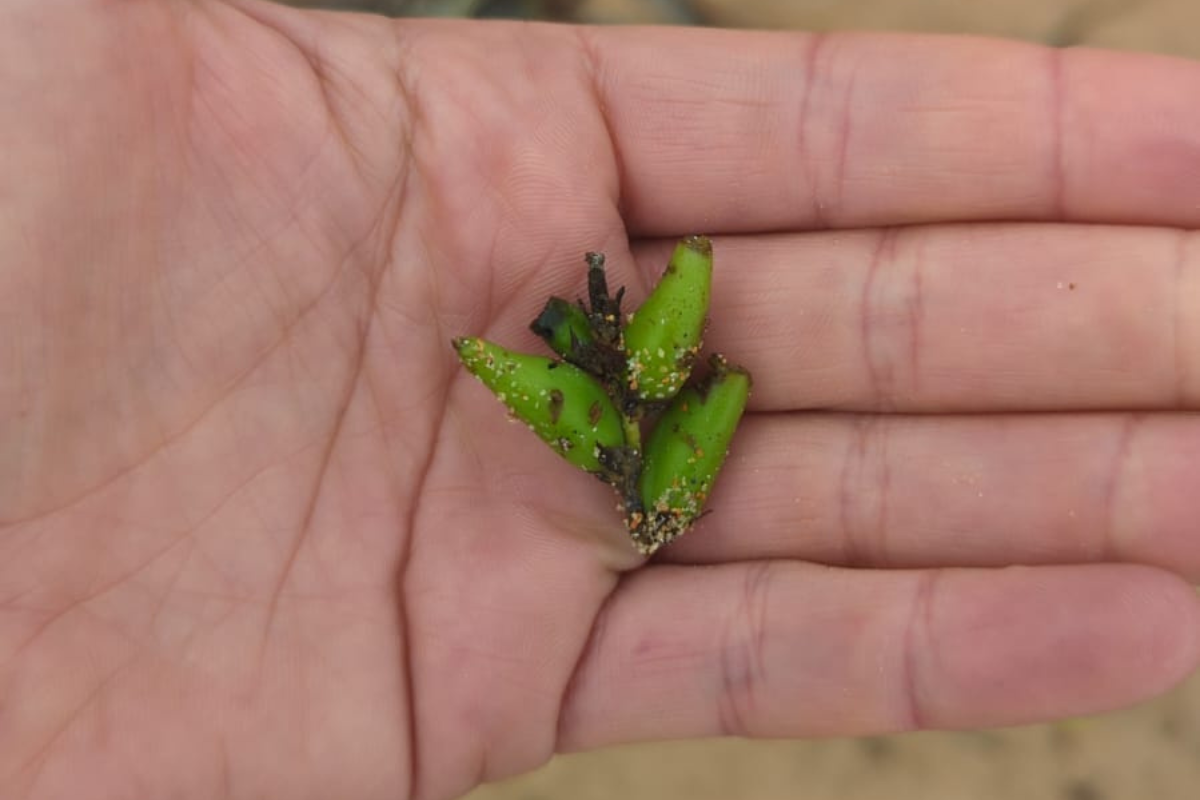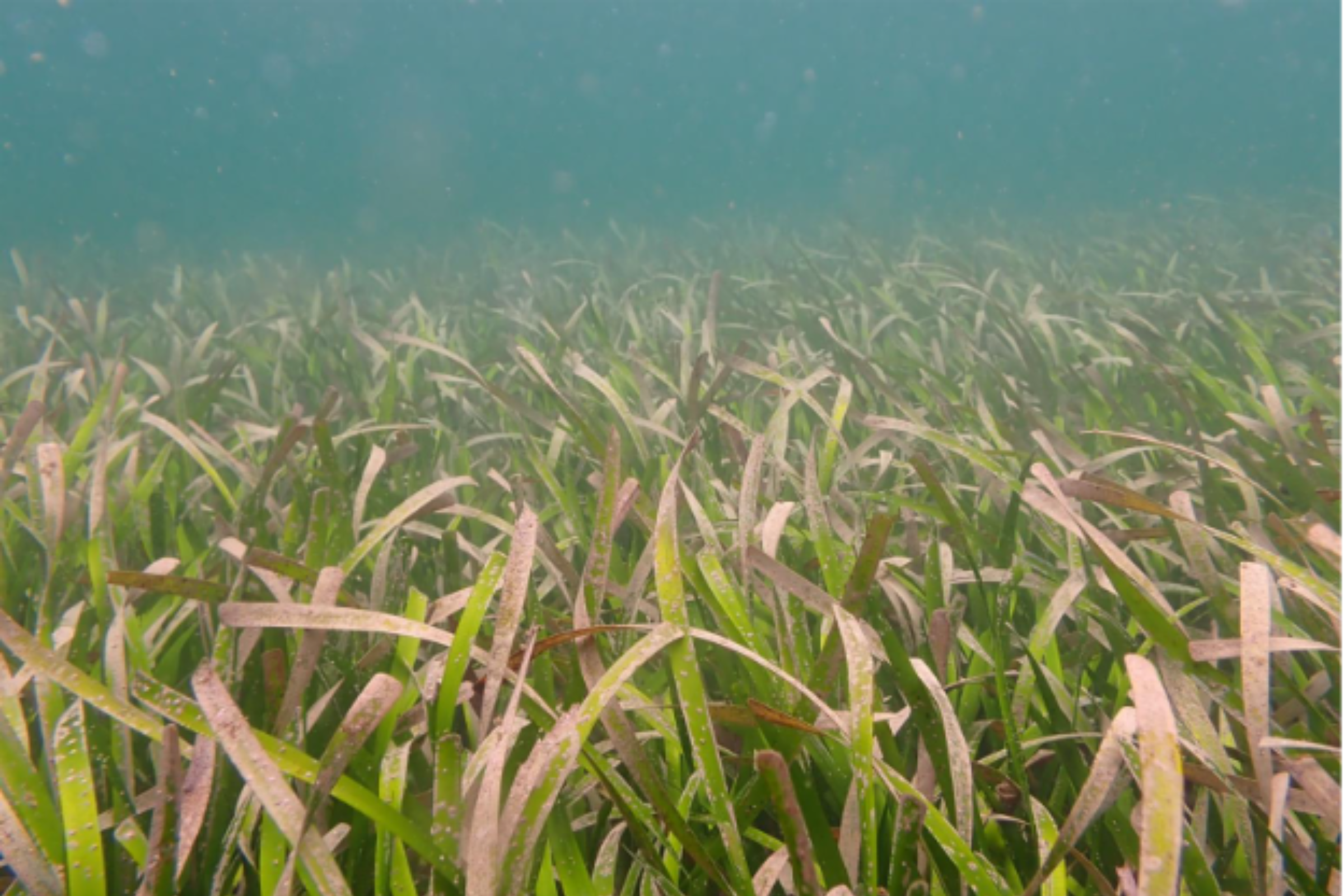Join us in tracking Posidonia australis flowering and fruiting by taking part in any of the following activities:
- Fishing trips – Keep an eye out while boating or casting a line in estuaries with known Posidonia meadows.
- Snorkeling or diving – If you're in the water, especially with the Underwater Research Group or your local dive community, take a closer look at the seagrass beneath you.
- Beach walks – Washed-up seagrass can carry important clues. Flowering shoots, fruits and even seeds may drift ashore during the season.
Join our Facebook group to stay updated on events, community surveys, and guided activities happening near you.




.png)

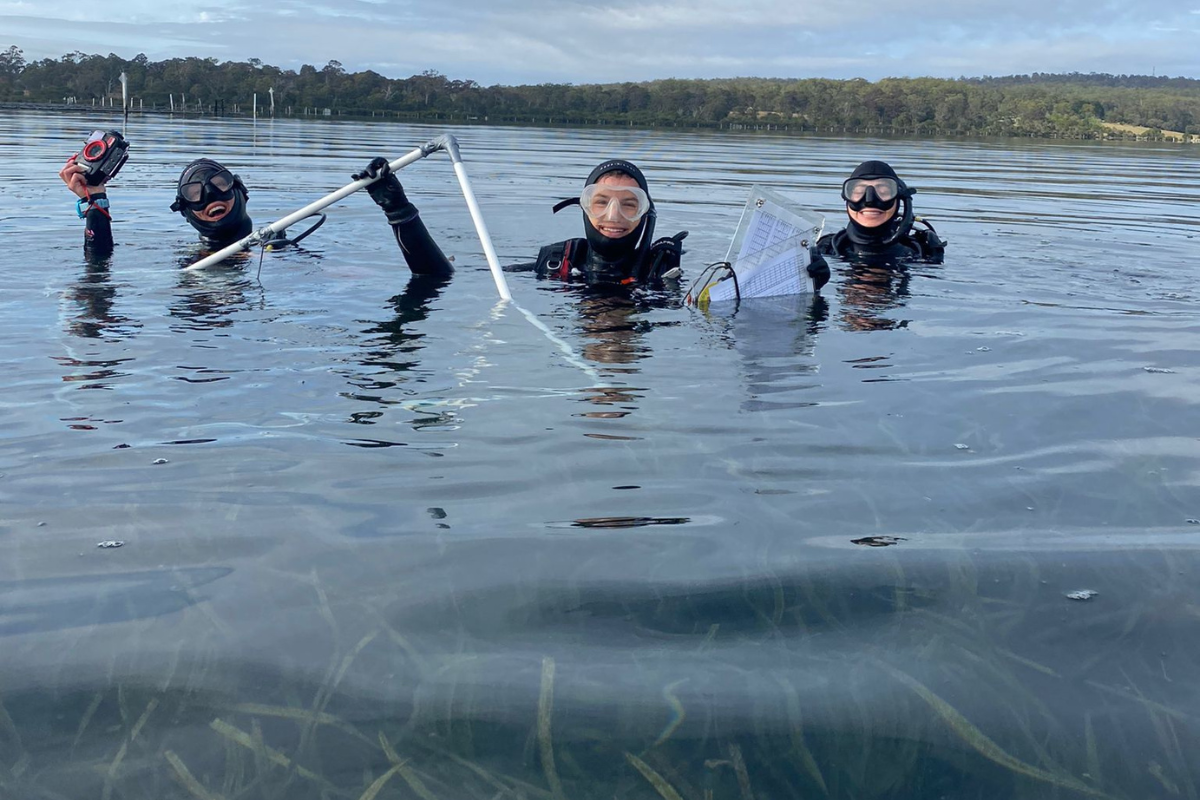
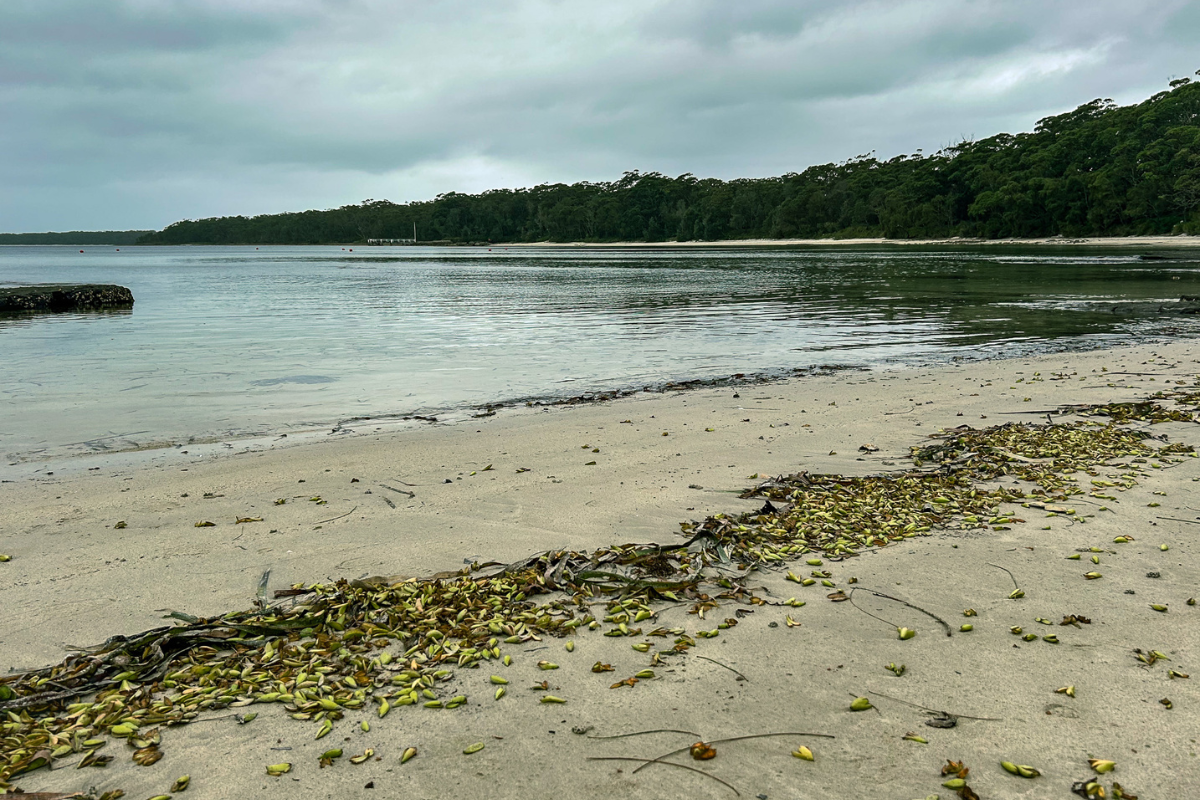
.png)
.png)
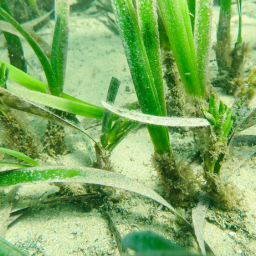

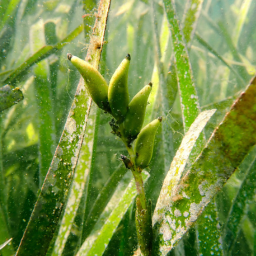


.svg)
